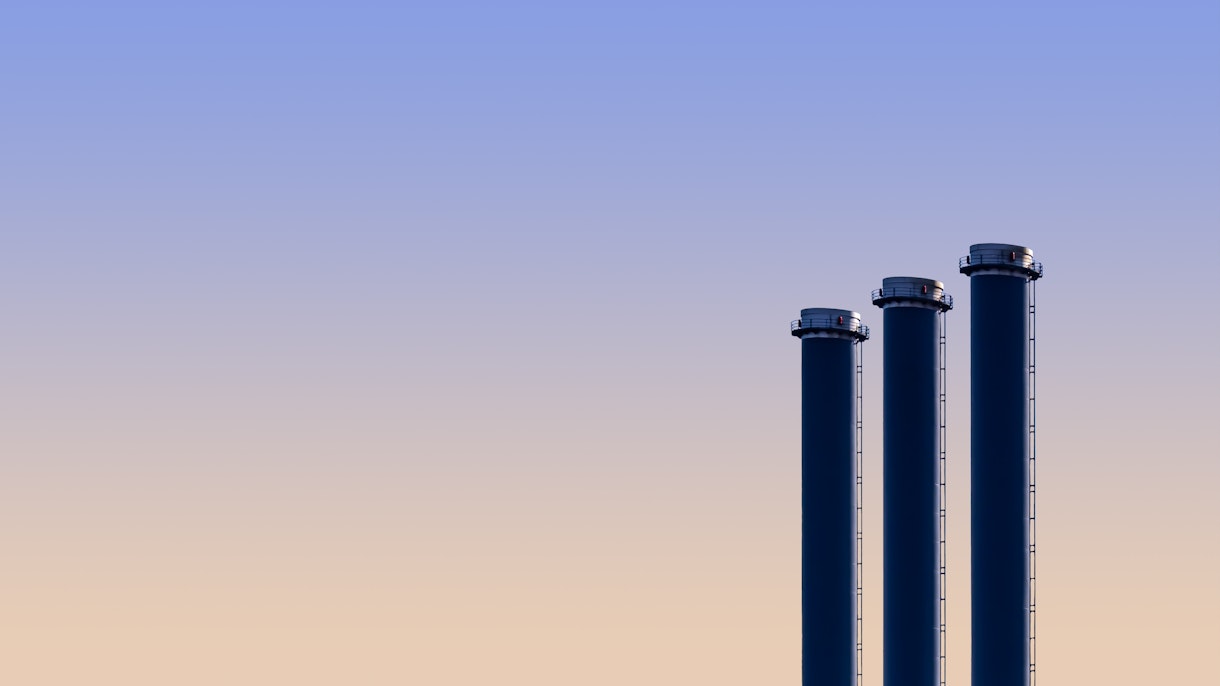How the European Union can avoid natural gas shortages in 2023
News

IEA report sets out key actions to close potential supply-demand gap if Russian pipeline deliveries fall to zero, including more rapid deployments of energy efficiency and renewables
The European Union faces a potential shortfall of almost 30 billion cubic metres of natural gas in 2023 – but this gap can be closed and the risk of shortages avoided through stronger efforts to improve energy efficiency, deploy renewables, install heat pumps, promote energy savings and increase gas supplies, the IEA says in a new report released today.
The report – How to Avoid Gas Shortages in the European Union in 2023 – sets out a suite of practical actions that Europe can take to build on the impressive progress that has already been made in 2022 in reducing reliance on Russian gas supplies and filling gas storage ahead of this winter. The report cautions that 2023 may well prove to be an even sterner test for Europe because Russian supplies could fall further, global supplies of liquified natural gas (LNG) will be tight – especially if Chinese demand for LNG rebounds – and the unseasonably mild temperatures seen at the start of the European winter are not guaranteed to last.
IEA Executive Director Fatih Birol launched the report alongside European Commission President Ursula von der Leyen at a press conference in Brussels today – ahead of the Extraordinary Meeting of EU Energy Ministers on 13 December and the Meeting of the European Council on 15 December.
“We have managed to withstand Russia’s energy blackmail. With our REPowerEU plan to reduce demand for Russian gas by two-thirds before the end of the year, with a mobilisation of up to €300 billion of investments. The result of all this is that we are safe for this winter,” said European Commission President Ursula von der Leyen. “So we are now turning our focus to preparing 2023, and the next winter. For this, Europe needs to step up its efforts in several fields, from international outreach to joint purchasing of gas and scaling up and speeding up renewables, and reducing demand.”
“The European Union has made significant progress in reducing reliance on Russian natural gas supplies, but it is not out of the danger zone yet,” said IEA Executive Director Fatih Birol. “Many of the circumstances that allowed EU countries to fill their storage sites ahead of this winter may well not be repeated in 2023. The IEA’s new analysis shows that a stronger push on energy efficiency, renewables, heat pumps and simple energy saving actions is vital to head off the risk of shortages and further vicious price spikes next year.”
As a result of measures taken by European governments and businesses throughout 2022 in response to the energy crisis, as well as the demand destruction caused by huge price spikes, the amount of gas in EU storage sites was well above the five-year average at the start of December, providing an important buffer going into winter. Consumer actions, increased non-Russian gas supplies and mild weather also helped compensate for the drop in Russian deliveries in 2022.
Measures already taken by EU governments on energy efficiency, renewables and heat pumps should help reduce the size of the potential gas supply-demand gap in 2023. A recovery in nuclear and hydropower output from their decade-low levels in 2022 should also help narrow the gap. Despite all of this, the EU’s potential gas supply-demand gap could reach 27 billion cubic metres in 2023 in a scenario in which gas deliveries from Russia drop to zero and China’s LNG imports rebound to 2021 levels, according to the report.
This gap can be closed through additional actions on energy efficiency, renewables, heat pumps, energy savings and gas supplies, the report’s analysis shows.
In order to incentivise faster improvements in energy efficiency, the report recommends expanding existing programmes and increasing support measures for home renovations and the adoption of efficient appliances and lighting. It also recommends using more smart technologies and encouraging gas-to-electricity switching in industry.
To speed up permitting for renewables, the report proposes adding administrative resources and simplifying procedures. It also proposes more financial support for heat pumps and changes to tax laws that penalise electrification. It also calls for more and better campaigns to get consumers to cut their energy consumption, and details various programmes from a wide range of countries that can serve as best practices.
On the supply side, the report says that while Europe’s options to import more natural gas are limited, there are a handful of countries with spare export capacity who could increase exports by capturing gas that is currently being flared. The report also details opportunities to scale up the production of low-emission biogases.
Together, these measures offer a pathway to avoiding price spikes, factory closures, increased use of coal for power generation and fierce international competition for LNG cargoes – in ways that are consistent with the EU’s climate goals.